Traditional rituals come alive
The Jrai people in the lower Ba River have a long-standing culture with strong national identity. Their spiritual life is extremely rich with many traditional rituals associated with animism. Therefore, at the Cultural and Sports Festival of ethnic minorities in the whole district, by recreating worship ceremonies such as praying for rain, abandoning graves, celebrating new rice, etc., the art troupes have brought a colorful cultural space, helping people and tourists have interesting experiences.
In the hot dry season of the Central Highlands, the artisans of Ia Rmok commune chose to re-enact the rain-praying ceremony with the hope that Yang would send rain to irrigate the fields, bringing bumper crops and a prosperous and happy life to the villagers. The ritual was performed by Meritorious Artisan Ro O Bhung (Gum Gop hamlet, Ia Rmok commune). Although he has been through nearly 90 farming seasons, Mr. Bhung is still very alert and healthy.
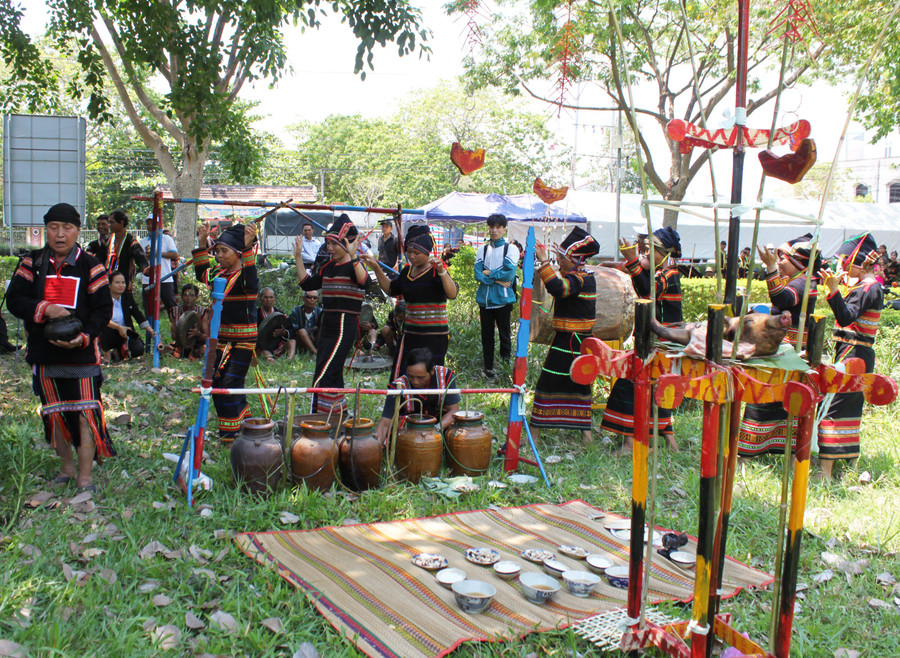
Mr. Bhung said: The Jrai people in the lower Ba River have always been attached to rice cultivation for generations. In the past, when there was no irrigation system, the rain-praying ritual played a particularly important role in the villagers' consciousness. To prepare the ceremony, the villagers contributed money to buy offerings. Depending on economic conditions, the offerings could be more or less, but they must include 1 pig, 5 jars of wine, 5 bowls of rice, 5 plates of pork, 5 bowls of wine, 1 bowl of salt and 1 bowl of rice.
When the offerings were ready, Mr. Bhung began the prayer: “Oh God, today the people of Ia Rmok commune prepare offerings including 1 pig, 5 jars of wine, rice, meat, rice, and salt to offer to you. Please come and receive them and send rain, so that the granaries will be full of rice, the barns will be full of grain, and everyone in the village will be warm, happy, and prosperous… Oh God.”
Having said that, he stood up, took a bowl full of water, and walked around the offering tray, followed by the villagers. The sound of gongs and cymbals resounded, and Mr. Bhung sprinkled water everywhere to perform magic.
Also stemming from the desire for a bountiful harvest, the Ia Hdreh artisans performed a new rice celebration ceremony. This is a unique traditional agricultural ritual of ethnic minorities, demonstrating the harmony between humans and nature and all things. The ceremony is held after the villagers have finished harvesting the crops with the meaning of honoring the rice grains and inviting the gods to celebrate with the villagers.
Directly participating in the restoration of the ceremony, artisan Ksor But shared: “To restore the ceremony, people together prepared 1 chicken, 3 bowls of rice, 2 jars of wine and 1 basket of new rice; in which, the rice was cooked from the newly harvested rice grains.
After the ceremony comes the festival. The gongs are played loudly, jars of rice wine are opened, and cups are filled for everyone to pass around and drink. When the wine is strong, the young and old, men and women sing and dance around the pole for 3 days and 3 nights before continuing to the fields to sow rice for the next crop.
Honoring rice grains
Along with the restoration of traditional rituals, a new feature of this year’s festival is the traditional rice display contest. Along with the usual festival dishes such as bamboo rice and grilled chicken, there are many rustic dishes associated with the memories of many generations of people in the Central Highlands.
Ms. Ksor H'Juin (Ngol hamlet, Uar commune) shared: Coming to the festival, the Uar commune delegation displayed a traditional meal with 10 rustic dishes such as rice mixed with corn, corn soup, cassava leaves, fish braised in banana leaves, tilapia mixed with young Indian laurel leaves, pork belly mixed with teng leng leaves, banana flowers stuffed with beef, stream fish sandwiched with bamboo, eggplant with papaya...
“These are all dishes that are closely associated with the lives of our people. When life was difficult, these dishes, although simple but rich in nutrients, made use of natural ingredients and ensured food safety, helped people have warm meals,” Ms. H'Juin confided.

Closely related to the life of agricultural residents, the double-peel rice pounding competition demonstrates the dexterity and industriousness of Jrai women. Ms. Ksor H'Bôk (Nong Siu hamlet, Ia Rmok commune) said: In the past, people in the Central Highlands threshed rice by hand. The threshed rice was immediately dumped into a warehouse in the middle of the forest.
During the year, the rice is gradually carried home to pound for food. Therefore, pounding rice is almost a regular, year-round job. The Jrai women use a mortar made from a large piece of wood, hollowed out into a deep hole. The pestle is made of kơ nia wood. When pounding, people put the rice in the mortar, use the small end of the pestle to pound the husk off, then turn the large end to pound the bran off the rice. To get pure white rice grains, the pounder must use just enough force and be steady.
Mr. Nguyen Tien Dang - Vice Chairman of the District People's Committee, Head of the festival organizing committee - assessed: The festival is an opportunity for artisans and athletes to meet, exchange, discuss and express the cultural colors of ethnic communities in Krong Pa district. This year's festival has many activities related to the restoration of traditional rituals and the re-enactment of community living spaces.
In addition, along with folk music, traditional fashion shows by local groups were also of interest. Gong playing, tuning, rice pounding, weaving, sculpture, etc. continued to be familiar highlights of the event. Traditional folk sports were also organized.
With many rich and attractive activities, the festival has realistically recreated the community living space of rice farmers in the lower Ba River.
Source: https://baogialai.com.vn/tai-hien-khong-gian-sinh-hoat-cong-dong-cua-cu-dan-lua-nuoc-vung-ha-luu-song-ba-post320197.html


![[Photo] Russian military power on display at parade celebrating 80 years of victory over fascism](https://vphoto.vietnam.vn/thumb/1200x675/vietnam/resource/IMAGE/2025/5/9/ce054c3a71b74b1da3be310973aebcfd)
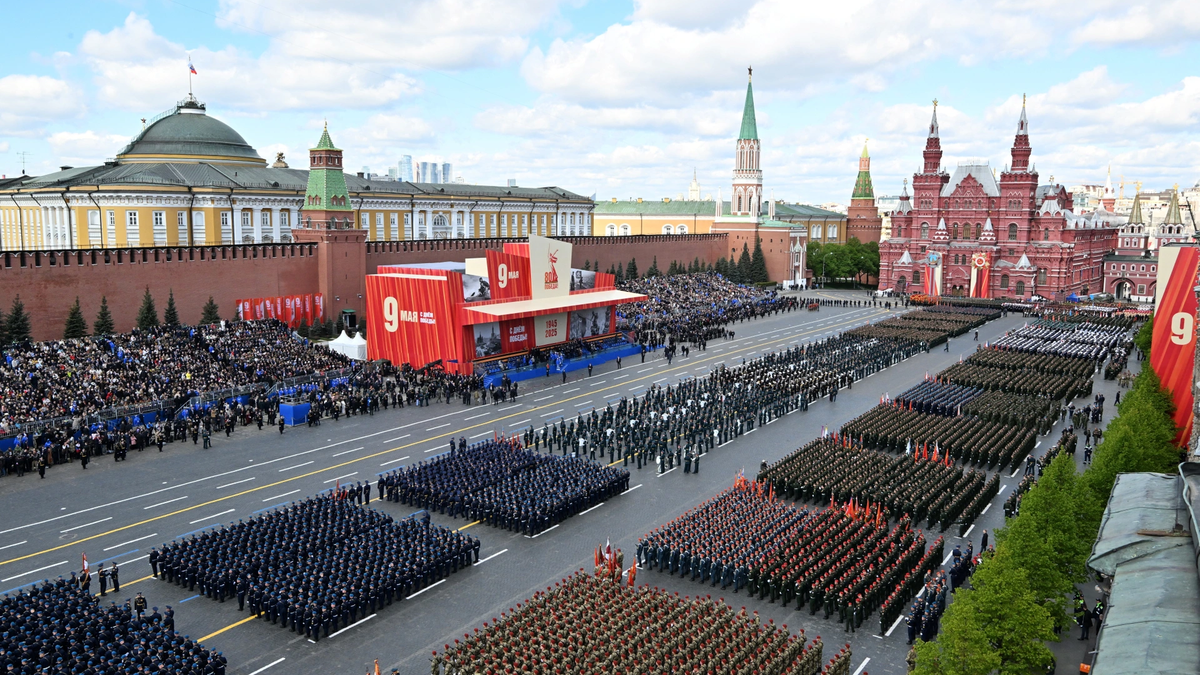
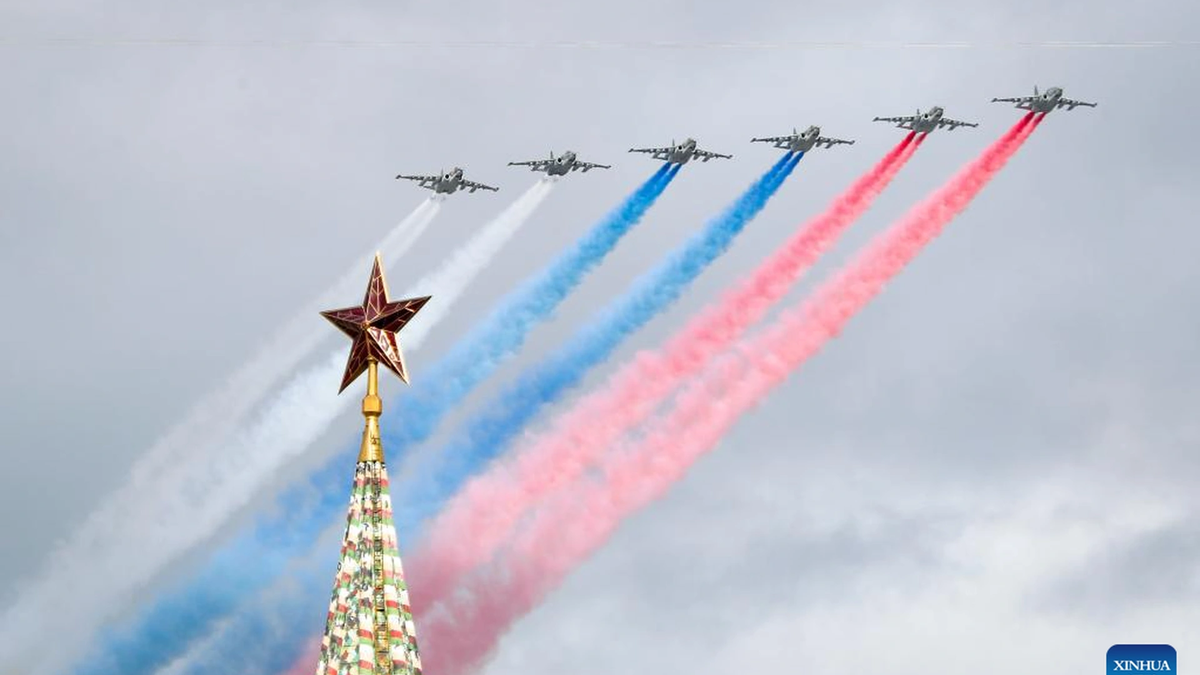
![[Photo] Prime Minister Pham Minh Chinh chairs a special Government meeting on the arrangement of administrative units at all levels.](https://vphoto.vietnam.vn/thumb/1200x675/vietnam/resource/IMAGE/2025/5/9/6a22e6a997424870abfb39817bb9bb6c)
![[Photo] General Secretary To Lam and international leaders attend the parade celebrating the 80th anniversary of the victory over fascism in Russia](https://vphoto.vietnam.vn/thumb/1200x675/vietnam/resource/IMAGE/2025/5/9/4ec77ed7629a45c79d6e8aa952f20dd3)





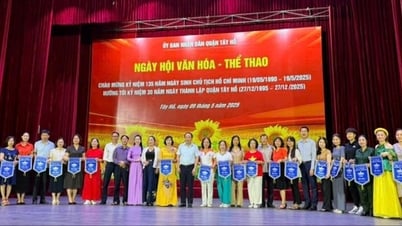





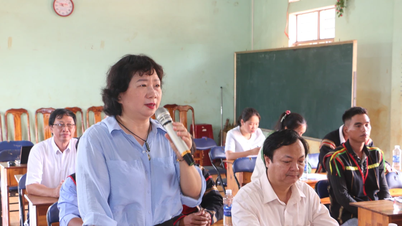
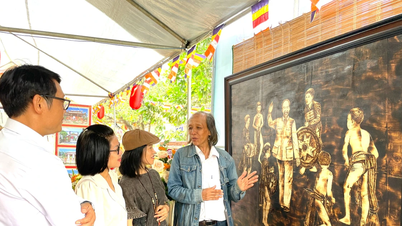

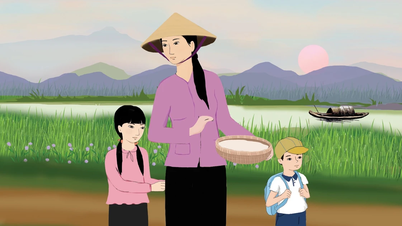


![[Photo] Magical moment of double five-colored clouds on Ba Den mountain on the day of the Buddha's relic procession](https://vphoto.vietnam.vn/thumb/1200x675/vietnam/resource/IMAGE/2025/5/9/7a710556965c413397f9e38ac9708d2f)
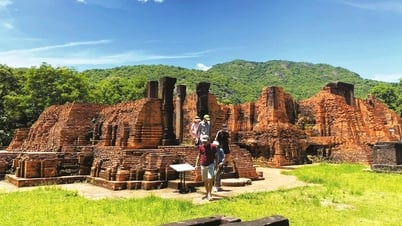

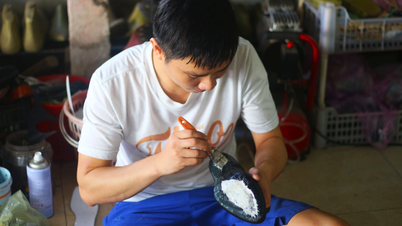












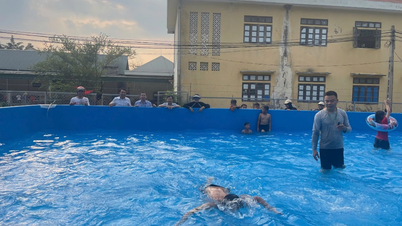












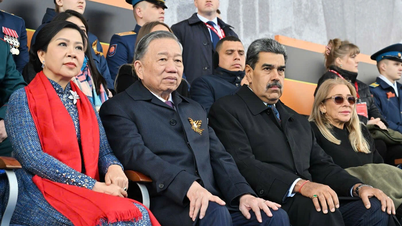










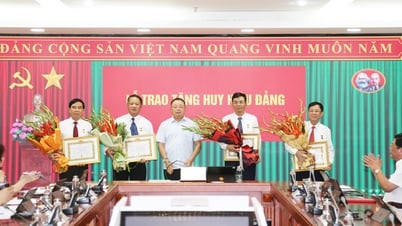




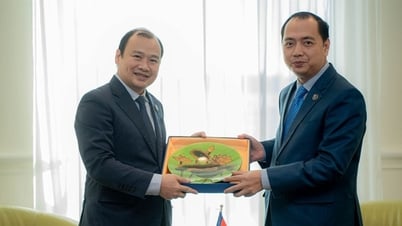


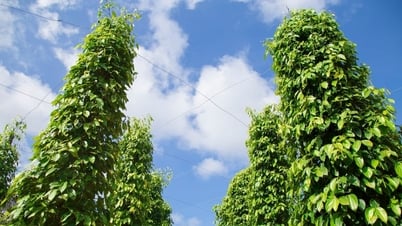
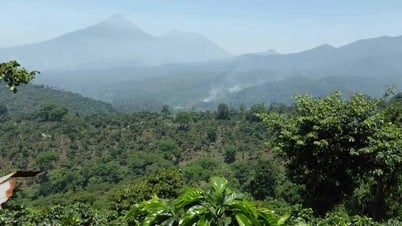


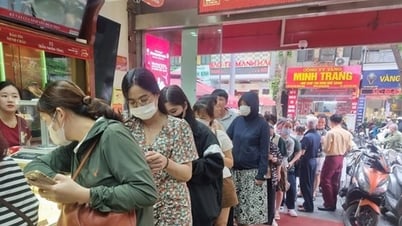










Comment (0)